How to Write an IT CV Hiring Managers Actually Read: 5 Proven Fixes
21 Oct, 20255 MinutesGetting your CV noticed isn’t just about passing a screening system (although that is ...

Getting your CV noticed isn’t just about passing a screening system (although that is important!) you must also keep the person who reads your CV after that in mind too. Hiring managers and technical decision makers review countless CVs, but only a few hold their focus. The difference usually comes down to clarity, evidence, and structure.
Here are five proven ways to make your IT CV easier to engage with, and more memorable to the people who matter.
Make Your Technical Story Clear
In technical hiring, context is everything. Hiring managers want to understand what you’ve done, where you’ve done it, and what technologies you’ve used.
Why attention drops
If your experience sounds too broad or generic, it’s difficult to place your skills within a specific environment. A list of competencies/software skills is great in a toolkit section, but isn't so impactful when you use this instead of a role description under your latest position.
Fix it: Be precise. Clear, technology-anchored examples help decision makers see your capability in action, for example
Migrated a 500-user environment to Azure with zero downtime.
Configured Cisco ASA firewalls across two data centres.
Automated onboarding with PowerShell and Active Directory.
Translate Activity Into Impact
Managers want to know what difference you made, not just what you were responsible for.
Why attention drops:
A list of duties without outcomes makes it hard to gauge contribution or scale, which could make the difference between you and another potential candidate. In job descriptions, focus on impact and outcomes as a result of your key skills.
Fix it: Show measurable results where possible. Numbers and outcomes turn tasks into achievements, making it easier for people and AI systems to recognise value. For example
Reduced incident response time by 40 percent.
Improved network uptime from 97 to 99.9 percent.
Saved 10 hours a week through Ansible automation.
Structure for Fast Understanding
A well-organised CV helps readers find key information quickly, especially when they’re reviewing multiple profiles.
Why attention drops:
Dense text and inconsistent formatting make even strong experience difficult to digest. Write in bullet points if it's space efficient, but make sure to use proper paragraphing and an appropriately designed and sized font (12-14 size, Helvetica, Calibri or Aptos are a good start).
Fix it: Design for clarity. A structured layout reflects professionalism, making complicated timelines or experience easy to navigate. Some top tips include
Keep bullet points short and consistent.
Use clear section headers like Summary | Technical Skills | Experience | Education.
Group technologies logically, and consider including a : Cloud: AWS, Azure | Networking: Cisco, Fortinet | Scripting: Python, PowerShell.
Give Every Skill a Story
Buzzwords without proof don’t persuade experienced hiring managers or recruiters. They want to see how you’ve applied those skills in real scenarios.
Why attention drops:
Terms without explanations or clear business meaning like 'Agile' or 'DevOps' can feel generic and lack substance.
Fix it: Use our Skill + Tool + Result pattern to demonstrate technical depth and decision-making ability in one line.
Built CI/CD pipelines with Jenkins and Docker, reducing release time by 30 percent.
Used Terraform to manage infrastructure as code across hybrid cloud environments.
Implemented patch management for 200+ endpoints with zero security incidents.
Keep Details Consistent and Trustworthy
Clarity builds confidence. Small inconsistencies like overlapping dates or unclear role descriptions can distract from otherwise strong content.
Why attention drops:
Unclear timelines or missing context make it harder to follow your career story. These should be aligned with your LinkedIn, especially where you're working with recruiters, because a marker of distrust could mean a CV left on the pile.
Fix it: Be transparent and complete. When your information reads cleanly, hiring managers can focus on your capability.
Label freelance or project work clearly.
Explain short breaks briefly (“Upskilling | Travel | Contract completion”).
Align job titles with actual responsibilities. If your job title is more relevant internally, include a more common job name in brackets.
Strong CVs make technical experience easy to understand. By combining specific examples, measurable outcomes, and a clear structure, you create a document that holds attention, and helps hiring managers see the value you’d bring to their team.
At Franklin Fitch, we help IT professionals tell their story clearly and credibly so every CV gets the time and consideration it deserves.










